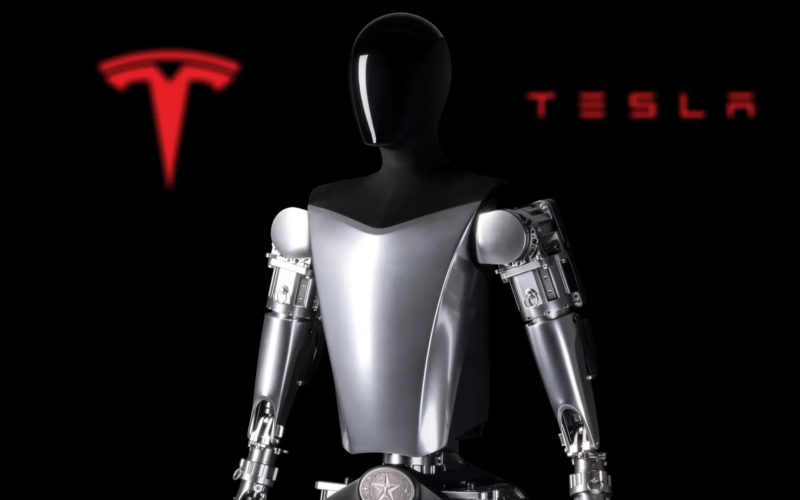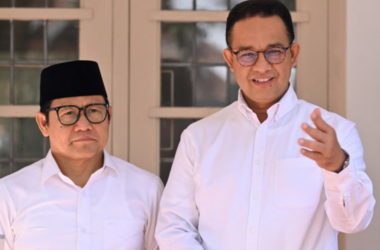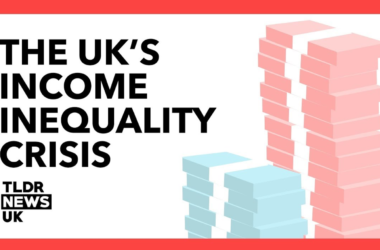Tesla CEO Elon Musk has laid out an ambitious vision for the future of his company, suggesting that its Optimus humanoid robots could propel Tesla to a market valuation of $25 trillion, more than half the current value of the S&P 500.
Speaking at Tesla’s 2024 annual shareholder meeting in Austin, Texas, Musk presented a futuristic scenario where Optimus robots could revolutionize various industries and everyday life. He stated that Tesla is not merely embarking on a “new chapter” but is about to write an entirely “new book.”
First introduced in 2021 at Tesla’s AI Day, the Optimus robot project initially featured a performer in a robotic suit. By January 2024, Tesla showcased a video of the robots folding laundry, though this demonstration faced criticism for lacking true autonomy and being controlled by humans.
During the shareholder meeting, Musk did not specify the current capabilities of Optimus but predicted that these robots could someday perform household chores, factory work, and even educational tasks. He likened their potential to that of R2-D2 and C-3PO from the Star Wars universe.
Musk’s bold forecast implies that Tesla’s market capitalization could reach $25 trillion, a significant leap from its current valuation of around $580 billion. This would position Tesla as the most valuable company globally, outstripping giants like Apple, which currently holds the top spot at approximately $2.8 trillion.
Musk did not offer a specific timeline for achieving this valuation but did indicate that autonomous vehicles could elevate Tesla’s market cap to between $5 trillion and $7 trillion in the nearer term. He also expressed agreement with Cathie Wood, CEO of ARK Invest, who recently projected a $2,600 price target for Tesla stock by 2029, equating to a market cap exceeding $8 trillion.
Musk revealed plans for Tesla to begin “limited production” of Optimus robots by 2025, with expectations to test these humanoids in Tesla’s factories next year. He projected having “over 1,000, or a few thousand, Optimus robots working at Tesla” by 2025.
These announcements come amidst a challenging year for Tesla, marked by a 27% decline in stock value due to slowing sales and increased competition, particularly in China. Despite these hurdles, Musk urged investors to focus on the company’s future in robotics and artificial intelligence.
The optimism surrounding Optimus aligns with Musk’s reputation for ambitious promises. Historically, his predictions have sometimes fallen short of timelines or technical feasibility, such as in the development of autonomous driving and electric vehicle advancements.
Tesla’s venture into humanoid robotics faces competition from other companies, including Boston Dynamics, Agility Robotics, and startups like Neura and Apptronik. Musk emphasized Tesla’s need to outpace these competitors in both speed and quality of product development.
The announcement highlights Tesla’s strategic pivot towards integrating AI and robotics into its business model. If successful, this shift could position Tesla at the forefront of a potentially transformative sector. However, the company’s ability to meet these high expectations remains to be seen, as it navigates both technological challenges and market dynamics.
Tesla’s vision for Optimus represents a significant bet on the future of robotics, with the potential to reshape industries and consumer lifestyles. Whether this vision materializes into the projected $25 trillion market valuation will depend on the company’s execution and the broader acceptance of humanoid robots in various sectors.








